The delicate balance between humanity and nature has always been a fascinating dance, with both sides constantly adjusting to maintain harmony. However, with increased industrialization and urbanization, this balance has been tilted, often to the detriment of our planet. Yet, nature, resilient and adaptive, is showcasing its ability to fight back. This article delves into ten remarkable ways nature is reclaiming its space and countering the destruction caused by humans.
1. Reforestation Through Seed Dispersal
Forests have long been called the lungs of our planet, and they have their own way of healing. Birds, wind, and even ants play a crucial role in seed dispersal, helping to restore deforested areas. When seeds are carried away by animals or the wind, they find new grounds to germinate and grow. Over time, these seeds sprout into saplings, gradually transforming barren lands into lush forests. This natural process is nature’s silent yet powerful way of reclaiming lost territories. It’s a testament to the resilience of ecosystems, as they rebuild themselves even in the face of adversity.
2. Coral Reef Regeneration
Coral reefs, often referred to as the rainforests of the sea, are vital to marine biodiversity. Despite the bleaching events caused by rising ocean temperatures, reefs have shown an incredible ability to regenerate. Through the symbiotic relationship between coral polyps and algae, new corals can grow, provided the environment stabilizes. Marine life, such as parrotfish, helps by grazing on algae that might otherwise overrun the reefs, allowing corals to thrive once more. This regeneration is a beacon of hope for marine conservationists, proving that with the right conditions, reefs can bounce back.
3. Wetlands Acting as Natural Filters
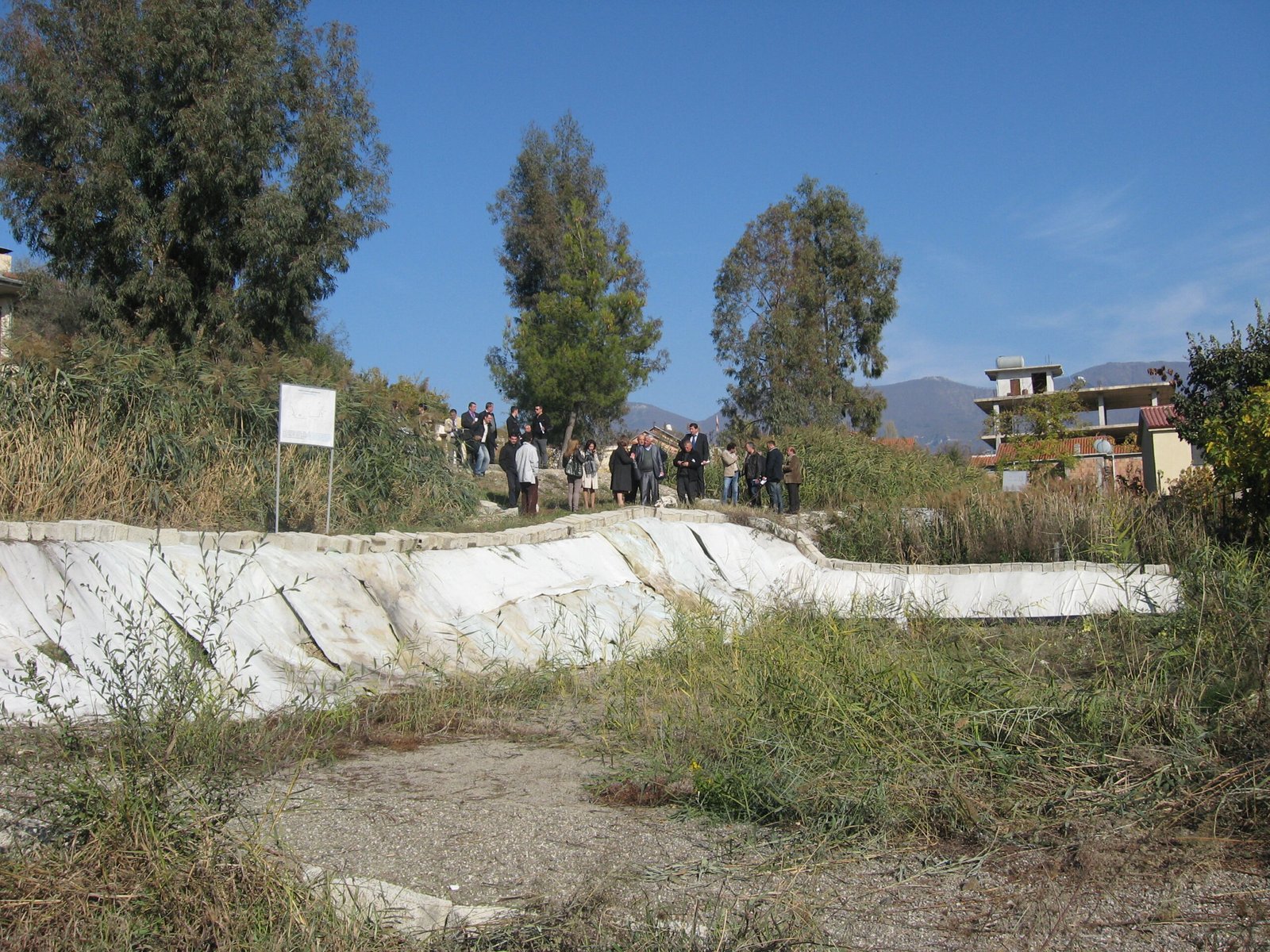
Wetlands are nature’s kidneys, filtering pollutants and improving water quality. As industrial waste continues to threaten aquatic ecosystems, wetlands are stepping up as natural champions. They absorb heavy metals and other contaminants, ensuring cleaner water flows into rivers and oceans. Plants like cattails and reeds play a significant role in this purification process. By trapping sediments and breaking down pollutants, they maintain the health of aquatic ecosystems. This natural filtration is essential, especially as freshwater sources face increasing contamination.
4. Animal Adaptation to Urban Environments
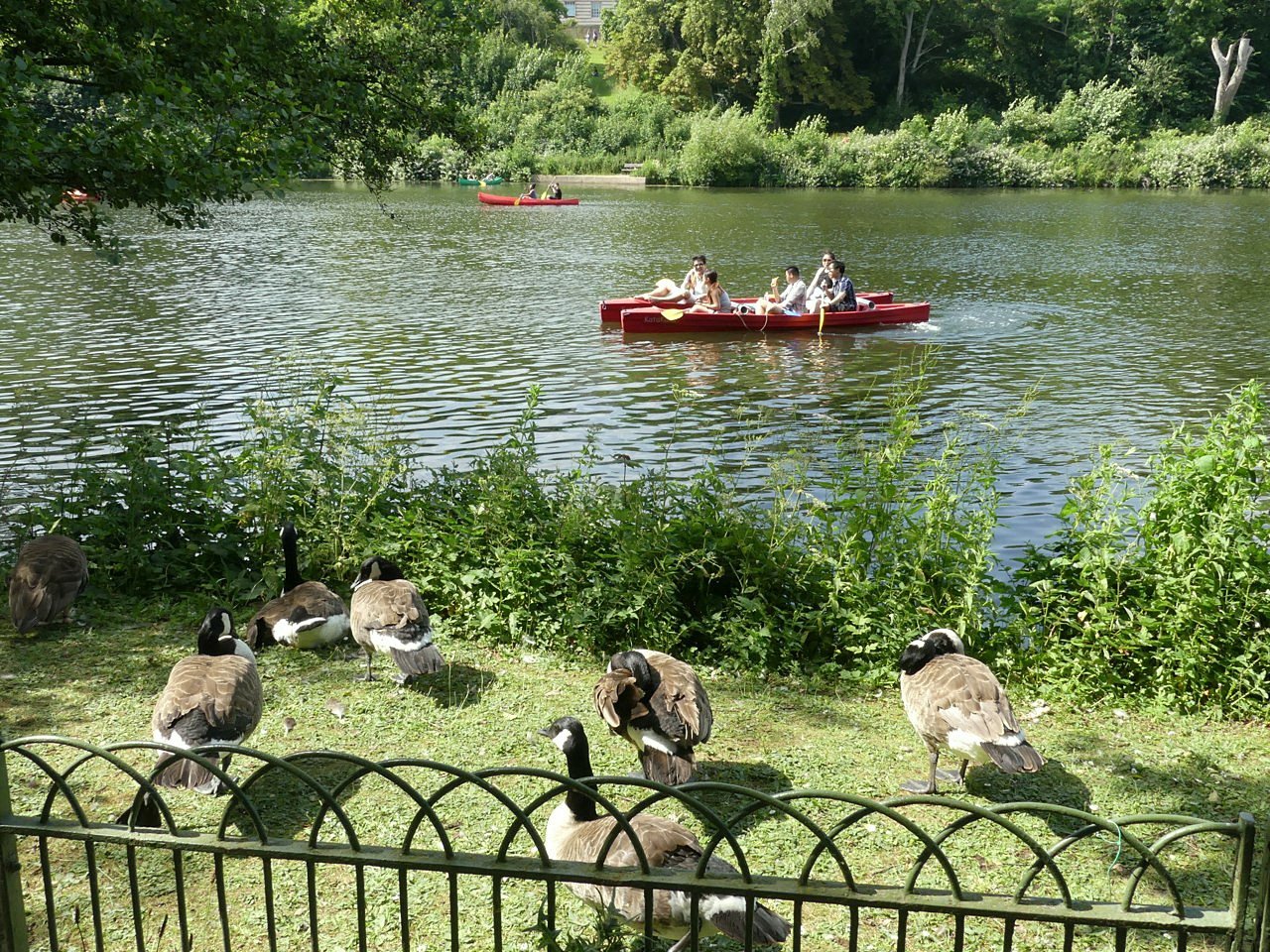
As cities expand, many animals have adapted to urban life, showcasing nature’s incredible flexibility. Raccoons, pigeons, and even foxes have found ways to thrive amidst skyscrapers and bustling streets. These animals have altered their diets, behaviors, and even breeding patterns to fit urban settings. For instance, urban foxes have shorter lifespans but reproduce at a younger age, ensuring their populations remain stable. This adaptability highlights the dynamic relationship between nature and urbanization, as wildlife finds ways to coexist with human development.
5. The Resurgence of Native Plant Species
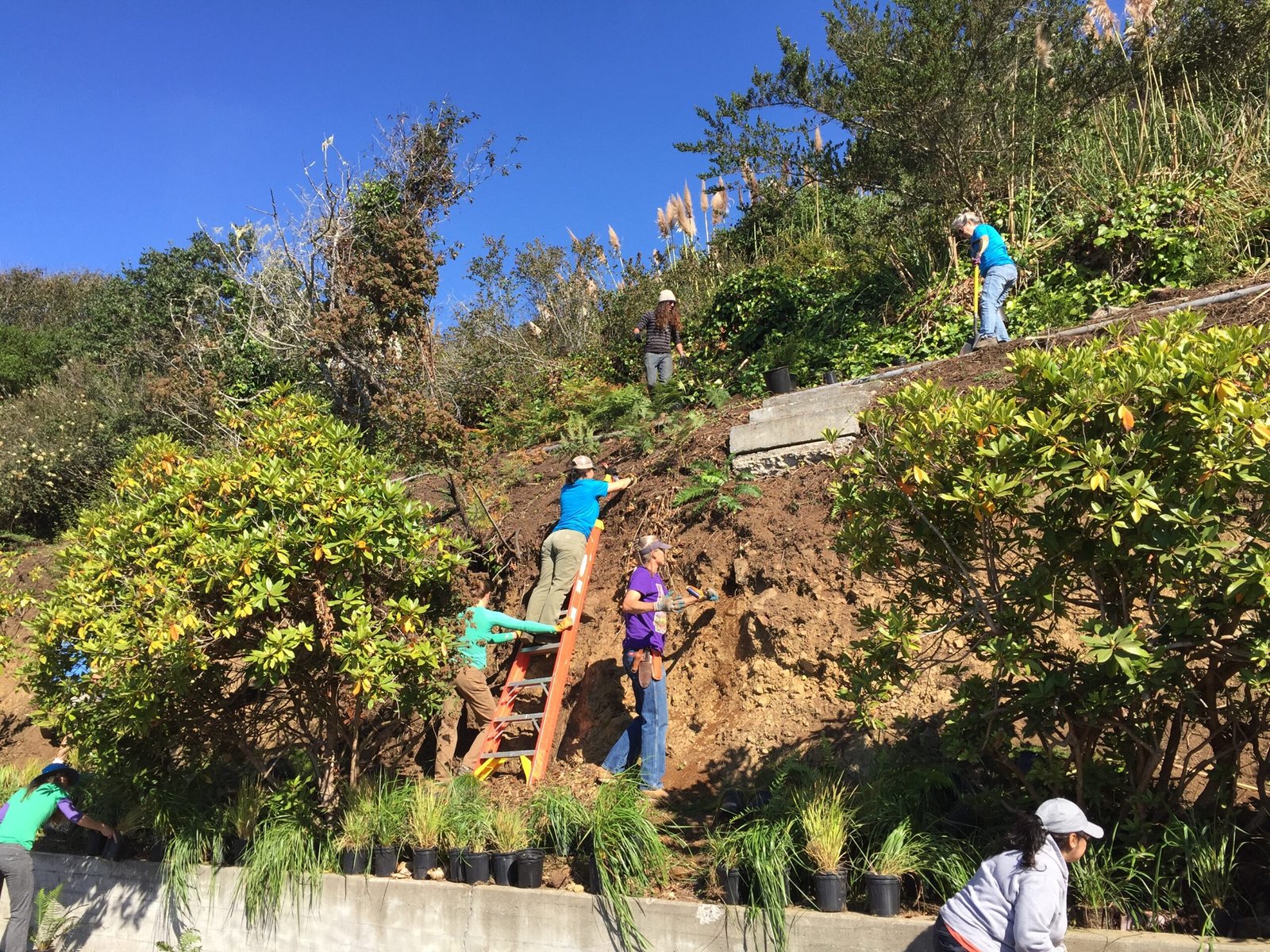
Invasive species often pose a significant threat to native plants, but some indigenous flora are making a comeback. With efforts to control invasive species and restore native habitats, many native plants are reclaiming their rightful place. These plants, adapted to local conditions, often outcompete their invasive counterparts when given a chance. Community-driven initiatives, like planting native gardens, play a crucial role in this resurgence. As native plants flourish, they support local wildlife, maintaining biodiversity and ecological balance.
6. Fungi Decomposing Plastic Waste
Plastic pollution is one of the most pressing environmental challenges, yet fungi are emerging as unexpected allies in addressing this issue. Certain fungi have evolved to decompose plastic, breaking it down into simpler compounds. This natural biodegradation process offers a potential solution to the ever-growing plastic waste problem. Research is ongoing to harness these fungi for large-scale plastic decomposition. It’s a reminder of nature’s ingenuity, as it finds ways to counteract human-made challenges.
7. The Role of Predators in Ecosystem Restoration
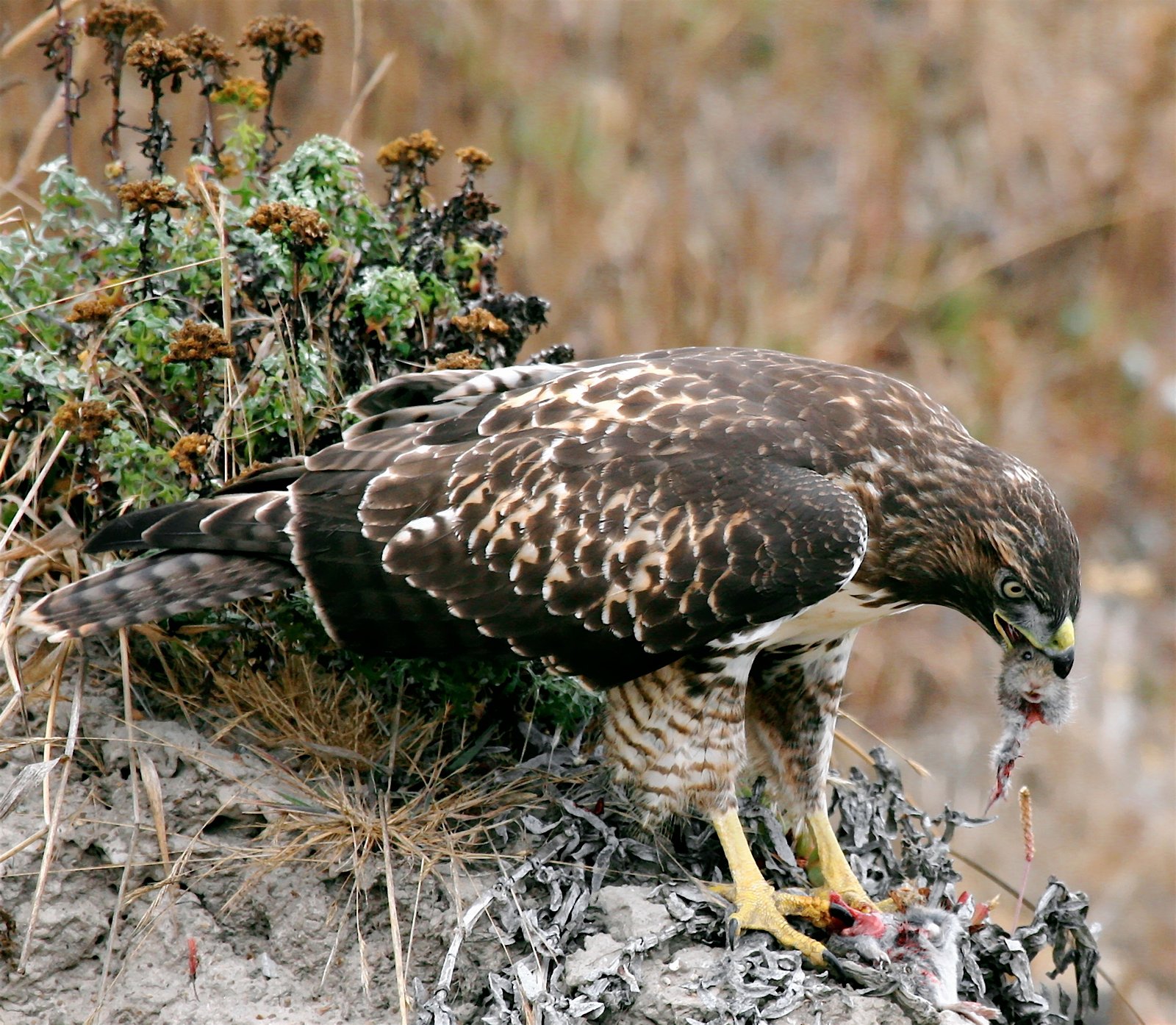
Predators play a pivotal role in maintaining the health of ecosystems. By controlling prey populations, they prevent overgrazing and promote plant growth. For example, the reintroduction of wolves in Yellowstone National Park led to a cascade of positive ecological changes, known as a trophic cascade. By keeping deer populations in check, wolves allowed vegetation to recover, benefiting other wildlife. This natural balancing act underscores the importance of predators in ecosystem restoration.
8. Microorganisms Cleaning Up Oil Spills
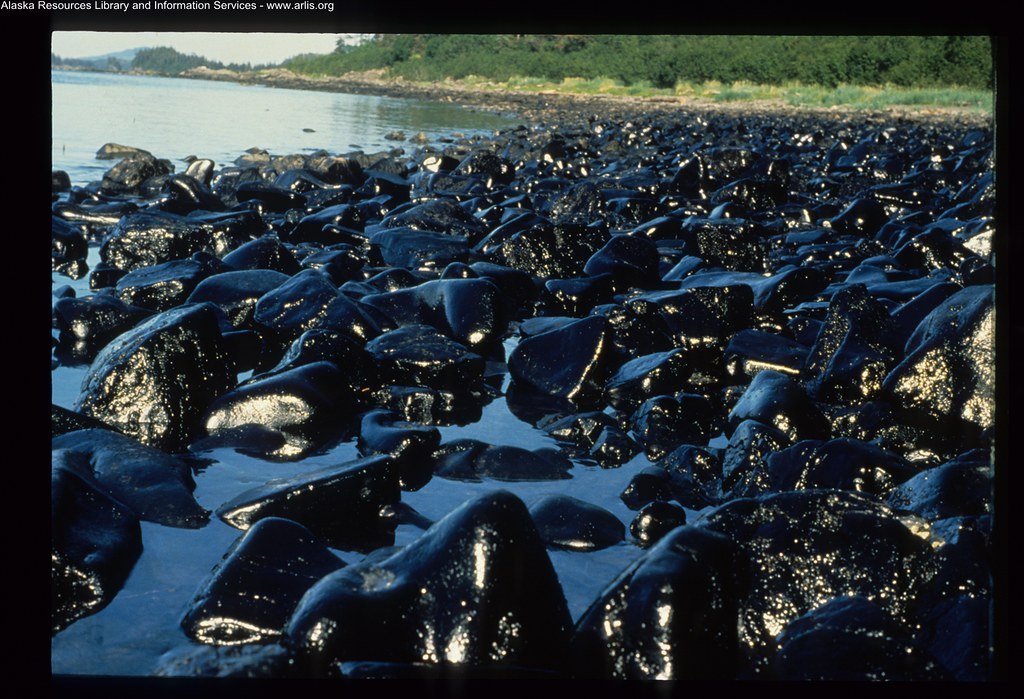
Microorganisms, often invisible to the naked eye, are proving invaluable in tackling oil spills. Certain bacteria have the ability to break down hydrocarbons, the main components of oil. When an oil spill occurs, these bacteria multiply rapidly, feeding on the oil and reducing its harmful impact. While human intervention is often necessary in large spills, these microorganisms play a crucial role in long-term recovery. Their presence is a natural reminder of how interconnected life is, with even the smallest organisms playing significant roles in environmental health.
9. Rivers Reclaiming Their Natural Course
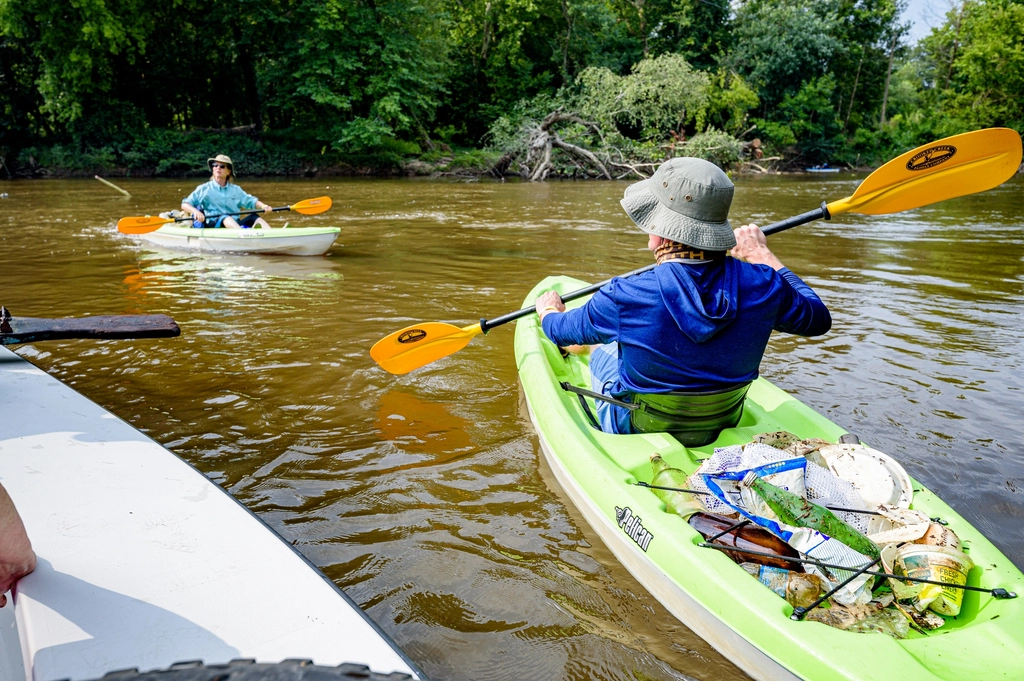
Human activity, from damming to pollution, has altered river systems worldwide. Yet, many rivers are showing signs of recovery, reclaiming their natural courses. Efforts to remove obsolete dams and restore natural flow patterns have been instrumental in this recovery. As rivers return to their original paths, they rejuvenate surrounding ecosystems, supporting diverse flora and fauna. This restoration highlights the resilience of river systems and the potential for positive change when nature is given a chance.
10. The Power of Natural Disasters in Renewal

While natural disasters can be devastating, they also play a role in ecological renewal. Forest fires, for instance, clear out dead vegetation, making way for new growth. Similarly, floods can deposit nutrient-rich sediments, revitalizing floodplains. These events, though destructive, are part of nature’s cycle of renewal, ensuring ecosystems remain dynamic and adaptable. Understanding the dual nature of such disasters can help us appreciate the complexity of natural processes and the ways in which they contribute to environmental resilience.




